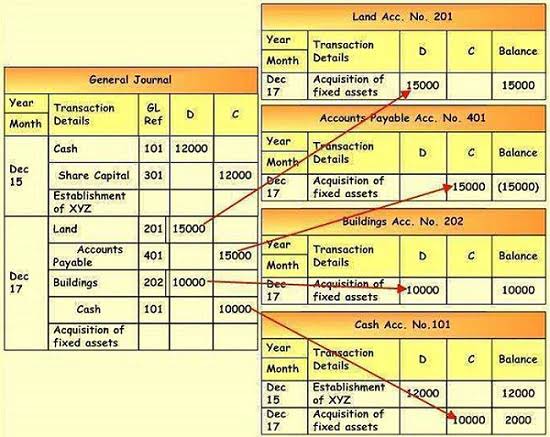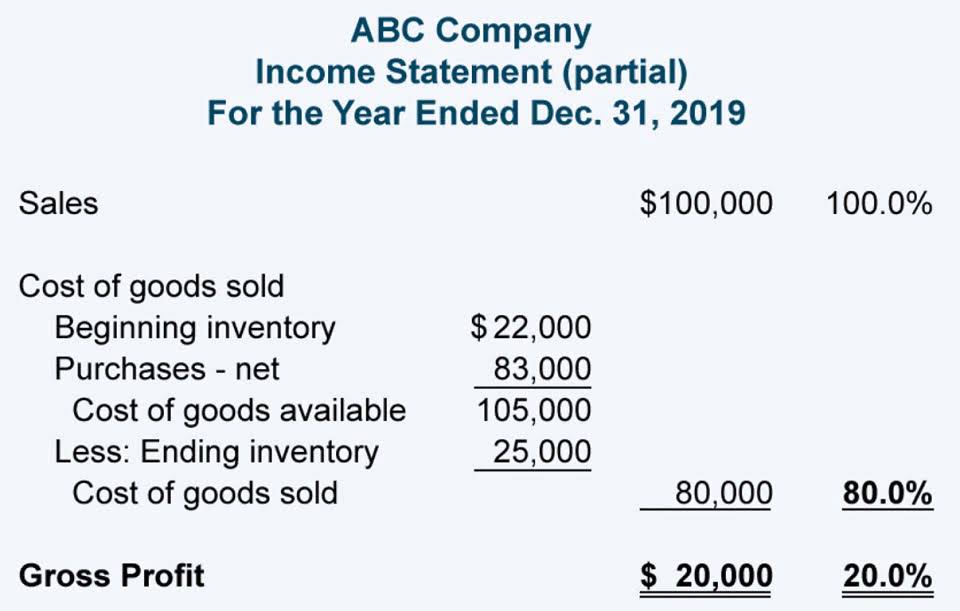
As you will learn in Corporation Accounting, there are three components to thedeclaration retained earnings and payment of dividends. The first part is the date ofdeclaration, which creates the obligation or liability to pay thedividend. The second part is the date of record that determines whoreceives the dividends, and the third part is the date of payment,which is the date that payments are made. Printing Plus has $100 ofdividends with a debit balance on the adjusted trial balance. Theclosing entry will credit Dividends and debit RetainedEarnings.
- Once all the adjusting entries are made the temporary accounts reflect the correct entries for revenue, expenses, and dividends for the accounting year.
- Therefore, these accounts still have a balance in the new year, because they are not closed, and the balances are carried forward from December 31 to January 1 to start the new annual accounting period.
- The first part is the date of declaration, which creates the obligation or liability to pay the dividend.
- A closing entry is a journal entry made at the end of an accounting period.
- Nomatter which way you choose to close, the same final balance is inretained earnings.
Step 2: Close all expense accounts to Income Summary
Prepare the closing entries for Frasker Corp. using the adjustedtrial balance provided. Printing Plus has a $4,665 credit balance in its Income Summaryaccount before closing, so it will debit Income Summary and creditRetained Earnings. However, if the company also wanted to keep year-to-dateinformation from month to month, a separate set of records could bekept as the company progresses through the remaining months in theyear. For our purposes, assume that we are closing the books at theend of each month unless otherwise noted. From the Deskera “Financial Year Closing” tab, you can easily choose the duration of your accounting closing period and the type of permanent account you’ll be closing your books to. We at Deskera offer the best accounting software for small businesses today.
Journalizing and Posting Closing Entries
- In addition, if the accounting system uses subledgers, it must close out each subledger for the month prior to closing the general ledger for the entire company.
- This is closed by doing the opposite – debit the capital account (decreasing the capital balance) and credit Income Summary.
- We follow strict ethical journalism practices, which includes presenting unbiased information and citing reliable, attributed resources.
- The closing entry will credit Dividends and debit Retained Earnings.
Following a detailed guide to the accounting cycle, it should take business days to close a month. For bigger companies with complicated operations, it might take up to 30 days. By splitting tasks among key accounting roles, the process stays accurate and fast.

1: Describe and Prepare Closing Entries for a Business
A closing entry is a journal entry that’s made at the end of the accounting period that a business elects to use. It’s not necessarily a process meant for the faint of heart because it involves identifying and moving numerous data from temporary to permanent accounts on the income statement. Closing journal entries are used at the end of the accounting cycle to close the temporary accounts for the accounting period, and transfer the balances to the retained earnings account.

- In other words, they represent the long-standing finances of your business.
- We do not need to show accounts with zero balances on the trial balances.
- Opening entries include revenue, expense, Depreciation etc., while closing entries include closing balance of revenue, liability, Depreciation etc.
- It also helps the company keep thorough records of account balances affecting retained earnings.
- Interim periods are usually monthly, quarterly, or half-yearly.
- Instead, declaring and paying dividends is a method utilized by corporations to return part of the profits generated by the company to the owners of the company—in this case, its shareholders.
- Do you want to learn more about debit, credit entries, and how to record your journal entries properly?
In other words, the income and expense accounts are “restarted”. Closing journal entries are made at the end of an accounting period to prepare the accounting records for the next period. They zero-out the balances of temporary accounts during the current period to come up with fresh slates for the transactions in the next period. The four closing entries are, generally speaking, revenue accounts to income summary, expense accounts to income summary, income summary to retained earnings, and dividend accounts to retained earnings.

Prepare the closing entries for Frasker Corp. using the adjusted trial balance provided. The fourth entry requires Dividends to close to the Retained Earnings account. Remember from your past studies that dividends are not expenses, such as salaries paid to your employees or staff. Instead, declaring and paying dividends is a method utilized by corporations to return part of the profits generated by the company to the owners of the company—in this case, its shareholders. The income statement summarizes your income, as does income summary. If both summarize your income in the same period, then they must be equal.

The income summary account is an intermediary between revenues and expenses, and the Retained Earnings account. It stores all of the closing information for revenues and expenses, resulting in a “summary” of income or loss for the period. The balance in the Income Summary account equals the net income or loss for the period. This balance is then transferred to the Retained Earnings account. The accounts that need to start with a clean or $0 balance going into the next accounting period are revenue, income, and any dividends from January 2019. To determine the income (profit or loss) from the month of January, the store needs to close the income statement information from January 2019.
Closing Entries Accounting with Automation
This helps a business earn trust from shareholders, creditors, and regulators. By doing closing entries properly, you maintain good accounting practices and build financial closing entries trust. This will get you ready for the new fiscal year with confidence.
For smaller businesses, it might make sense to bypass the income summary account and instead close temporary entries directly to the retained earnings account. All these examples of closing entries in journals have been debited in the expense account. At the end of the accounting year 2018, the expense account needs to be credited to clear its balances, and the Income Bookstime summary account should be debited. These entries are made to update retained earnings to reflect the results of operations and to eliminate the balances in the revenue and expense accounts, enabling them to be used again in a subsequent period.


